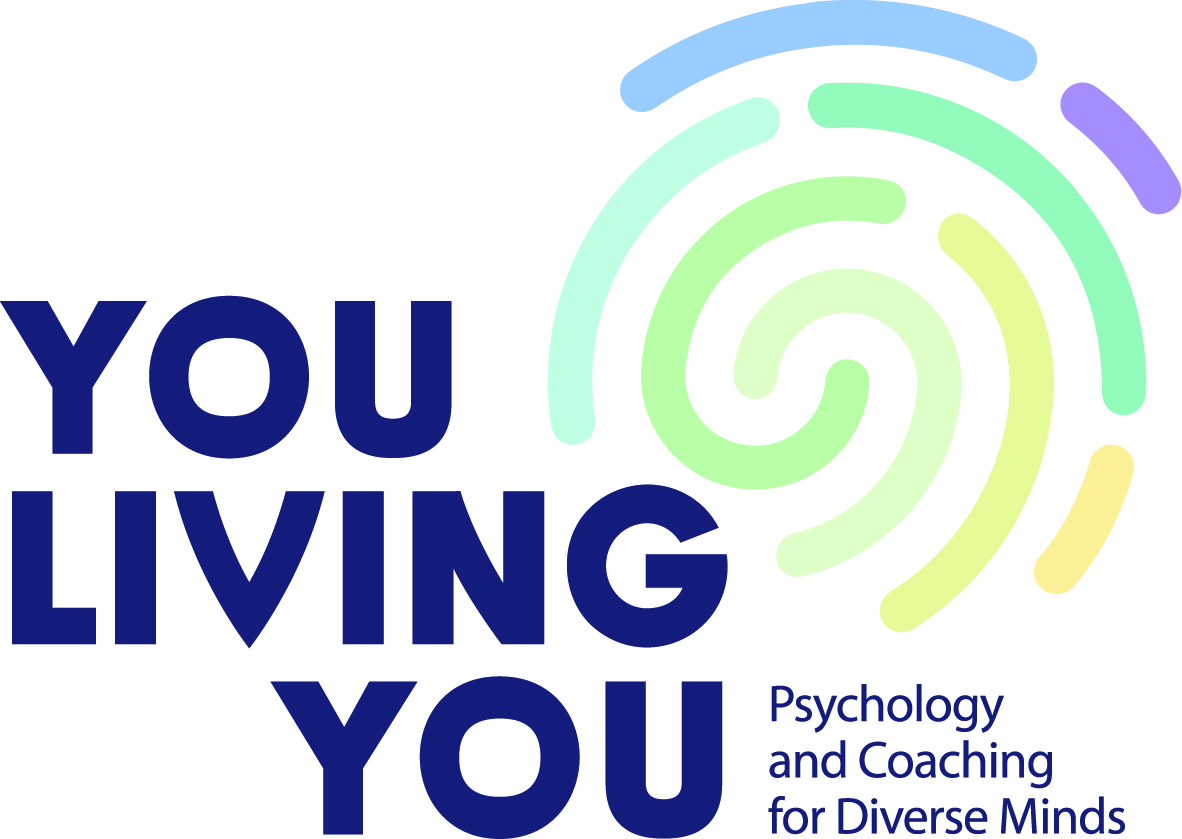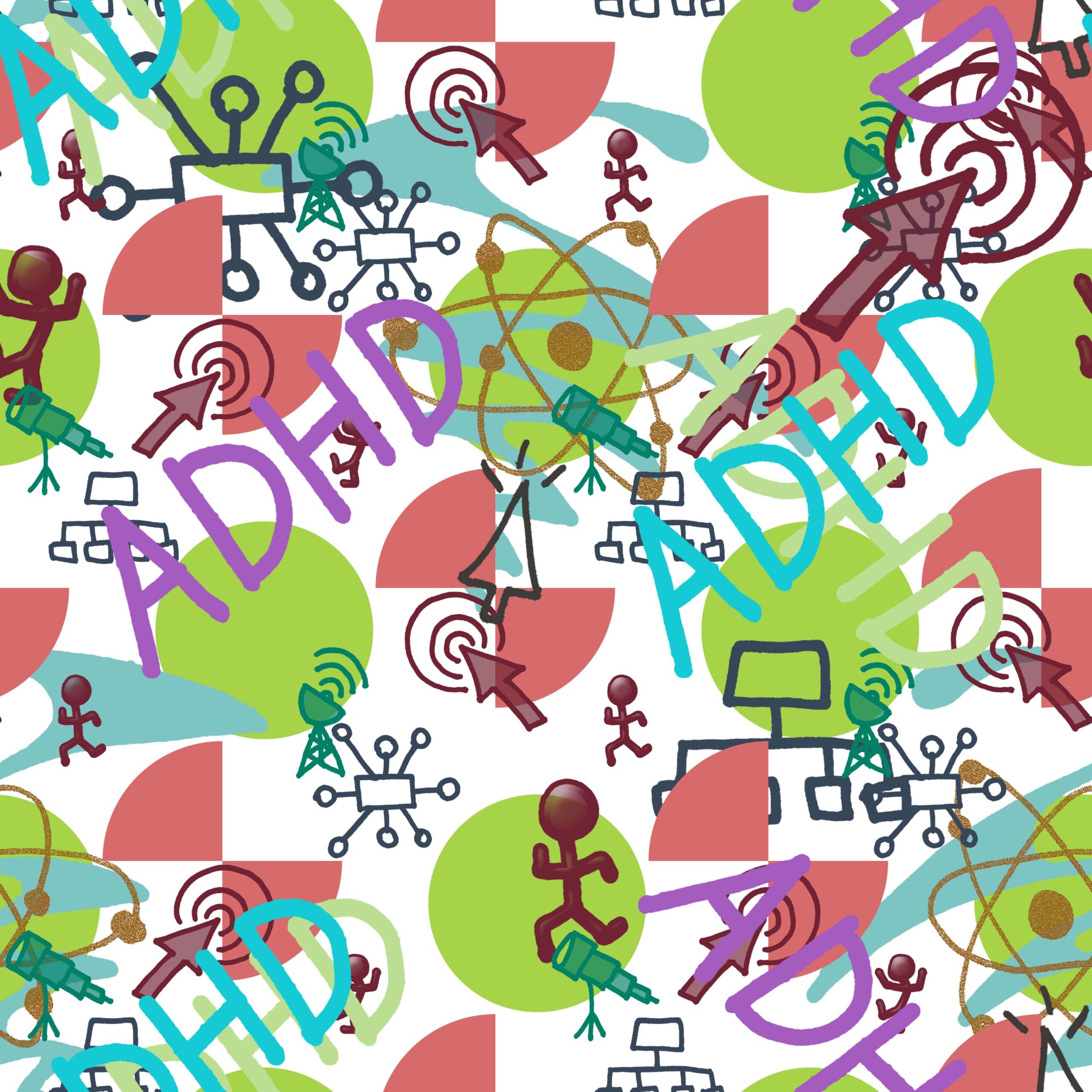Navigating the ADHD diagnostic process in Australia can feel like when winter comes, the never-ending confusing and overwhelming journey to find a canary yellow thermal G-string!
For many of us in the LGBTIQ+, neurodivergent, and diverse relationship communities, this journey is even more complex. Let’s break it down into bite-sized pieces, sprinkled with a bit of humour and practical advice, to help you understand what to expect and how to prepare.
My Clinical Experience and how it Often Starts
Spotting the Signs
With over 30 years in this field, I’ve developed a keen eye for spotting neurodivergent traits. My brain has become a bit of a detective where subtle cues are picked up on and this can lead to pre-screening questionnaires.
What is pre-screening?
Our brains are unique, and no brain is wired in the same way. Neurodiversity, similar to biodiversity, is a beautifully rich cornucopia of permutations and combinations so there might be a other pre-screening tools that I might ask if it’s okay to add in. After that, it’s time to find a psychiatrist who knows their stuff about neuropsychiatry and ADHD.
What is ADHD?
ADHD (Attention-Deficit/Hyperactivity Disorder) is divided into three main types:
- Inattentive: Think of it as the “daydreamer” type—trouble focusing, organizing, and sticking to tasks.
- Hyperactive: The “energizer bunny”—always fidgeting, restless, and on the go.
- Combined: A delightful mix of both inattention and hyperactivity.
ADHD affects several aspects of cognitive functioning, including:
- Working Memory: The ability to hold and manipulate information over short periods, like keeping a phone number in mind long enough to dial it.
- Executive Functioning: Managing tasks, regulating emotions, and self-control.
ADHD vs. Brain Injury or Cognitive Decline:
ADHD is a neurodevelopmental disorder, meaning it’s present from a young age and affects how the brain develops. Think of it as your brain always thinking it is at an outdoor rave, even when everyone else has gone home. This is different from brain injuries, which are acquired after birth due to trauma, such as your head running into a parked ice-cream truck while skateboarding triggering the slightly creepy ice-cream truck music.
Cognitive decline, which often occurs with aging (like your brain deciding it’s a bit over it and wants a cup of tea and a lie down).
ADHD traits are stable over time, whereas other things that look like ADHD can come and for some go, a bit like a one night stand that stays for way too long but might eventually leave.
Executive Functioning and the ADHD Brain
Executive functioning is like the brain’s CEO, managing tasks, memory, and self-control. In ADHD brains, chemicals like dopamine and norepinephrine often play hide and seek, making it hard to stay on top of things.
It’s like the conductor of an orchestra in a Royal performance in complete control of the complexity that comes with so many instruments doing making so many amazing sounds, moving their arms with the thin sticks, indicating for example for the oboe to shut up a bit while the violins come in. In the middle of the performance the conductor turns to the audience, courtesies to the Royal family and says, “Sorry I have to do a really big number 2’s” and disappears for half an hour.
What Does a Psychiatrist Look For?
Psychiatrists play detective too, looking for:
- Behavioural Observations: How you act in various situations.
- Psychometric Tests: Standardized tests to measure ADHD symptoms.
- Collateral Information: Input from people who know you well—think of it as your brain’s “Yelp reviews.”
Medications: Stimulants vs. Non-Stimulants
Two main types of medication can help:
- Stimulants: Boost dopamine and norepinephrine, helping with focus (e.g., methylphenidate, amphetamines).
- Non-Stimulants: Affect different neurotransmitters and are good if stimulants don’t work or cause side effects (e.g., atomoxetine).
For our autistic friends, medication responses can be a bit more complex—think of it as adding spice to a recipe, it needs just the right amount.
The Scoop on Collateral Information
Collateral information is like gathering reviews for your brain’s performance. Many with ADHD have memory challenges and may not fully recognize their own behaviours. Detailed accounts from people who knew you during your younger years can provide the psychiatrist with a clearer picture.
Why School Reports Matter
School reports are golden nuggets in the diagnostic process. They provide documented evidence of your behavior and performance over several years, offering insights into patterns that might indicate ADHD. If you’ve lost your school reports, try contacting your old school. They might have copies in their archives.
Challenges for Older Adults
Older adults often face greater challenges in finding collateral information. School reports may be lost, and parents who could provide firsthand accounts may no longer be alive. In such cases, some psychiatrists might recommend a neuropsychological assessment as a way to gather collateral data. These assessments can provide detailed insights into cognitive functioning and help support the diagnosis.
DSM-5 Diagnostic Criteria
Here’s the lowdown on the diagnostic criteria from the DSM-5:
- Inattention: Six (or more) symptoms for children up to 16, or five (or more) for those 17 and older.
- Hyperactivity and Impulsivity: Six (or more) symptoms for children up to 16, or five (or more) for those 17 and older.
Template Letter for Collateral Information
Here’s a template to help gather useful collateral information:
Dear [Name],
I’m currently being assessed for ADHD and need your help. Your observations from when you knew me during my childhood or teenage years could provide valuable insights to my psychiatrist. Below are some criteria for ADHD diagnosis. Please share specific examples of any behaviors or traits you observed in me that align with these criteria:
1. Inattention: Includes difficulty sustaining attention, organizing tasks, or following through with activities. Specific symptoms might include:
– Frequently making careless mistakes in schoolwork or other activities.
– Often has trouble holding attention on tasks or play activities.
– Often does not seem to listen when spoken to directly.
– Does not follow through on instructions and fails to finish schoolwork, chores, or duties in the workplace.
– Has difficulty organizing tasks and activities.
– Avoids or dislikes tasks that require sustained mental effort.
– Often loses things necessary for tasks and activities.
– Easily distracted by extraneous stimuli.
– Forgetful in daily activities.
2. Hyperactivity and Impulsivity: Includes excessive fidgeting, restlessness, or difficulty remaining seated. Specific symptoms might include:
– Often fidgets with or taps hands or feet, or squirms in seat.
– Often leaves seat in situations when remaining seated is expected.
– Often runs about or climbs in situations where it is inappropriate.
– Often unable to play or take part in leisure activities quietly.
– Is often “on the go” acting as if “driven by a motor.”
– Often talks excessively.
– Often blurts out an answer before a question has been completed.
– Often has trouble waiting their turn.
– Often interrupts or intrudes on others (e.g., butts into conversations or games).
Thank you for your support!
Best regards,
[Your Name]
Unmasking and Being Yourself
ADHD masking and compensation are like putting on a daily disguise. These habits can make it hard for a psychiatrist to see the real you. To provide accurate data:
- Be honest about your struggles.
- Resist the urge to downplay symptoms.
- Allow yourself to act naturally during assessments.
The Importance of Differential Diagnosis
A differential diagnosis is crucial because ADHD symptoms can overlap with other conditions, like anxiety. Misdiagnosis can lead to ineffective or harmful treatments. Stimulant medication, for example, can be problematic for individuals without ADHD.
Resources and References
For further reading, check out these reputable sources:
- ADDitude Magazine: Offers articles and resources on ADHD diagnosis and treatment.
- American Psychological Association (APA): Provides guidelines and research on ADHD.
- Australian Psychological Society (APS): Offers resources and support for individuals with ADHD in Australia.
Conclusion
Understanding the ADHD diagnostic process is the first step towards managing your symptoms effectively. By preparing thoroughly, gathering collateral information, and being honest about your experiences, you can pave the way for a proper diagnosis.
Call to Action: Suspect you might have ADHD? Don’t wait—schedule a consultation with a qualified psychiatrist and take the first step towards clarity and better management of your symptoms.
References
- American Psychiatric Association. (2013). Diagnostic and Statistical Manual of Mental Disorders (5th ed.).
- ADDitude Magazine. (n.d.). ADHD Diagnosis: What to Expect.
- Australian Psychological Society. (n.d.). Understanding ADHD: A Guide for Adults.
- American Psychological Association. (n.d.). ADHD in Adults.
With these tips and resources, you’re well on your way to understanding and managing ADHD effectively.


0 Comments